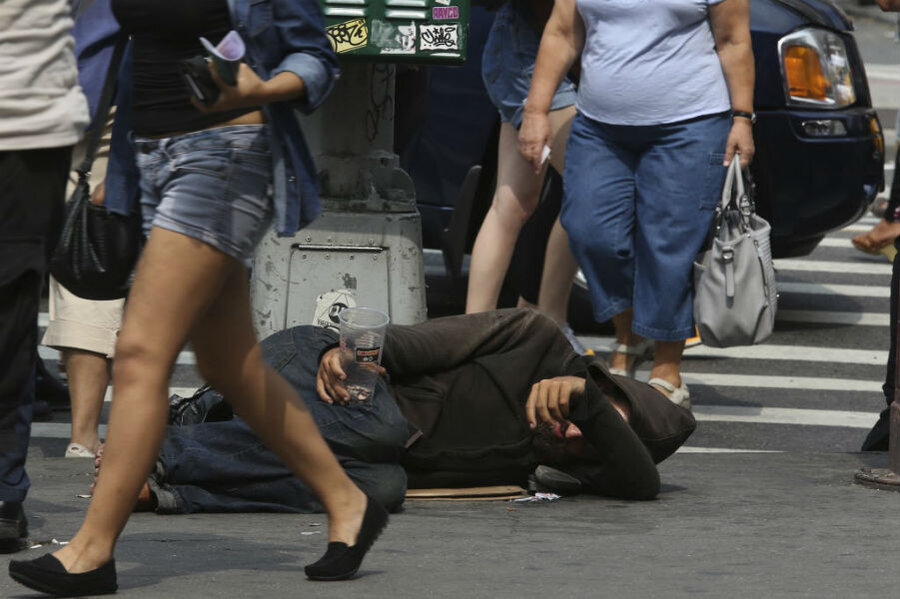New York City's $3-billion homelessnes plan: What's included?
Loading...
Mayor Bill de Blasio is expected to announce a $3-billion investment Wednesday to combat homelessness in New York City.
The initiative will give nonprofit groups and developers subsidies to construct 7,500 supportive-housing apartments, according to the Wall Street Journal. Another 7,500 existing apartments will also be converted to supportive-housing.
The development will be spread out over fifteen years, so the initiative will not provide immediate shelter to the city’s homeless, but within eighteen months the first units should be available.
Supportive-housing programs allow residents to pay a portion of their income, typically about 30 percent, in exchange for housing and additional services such as substance-abuse support and medical care.
Supportive-housing isn’t a new model for the city, as about 15,000 units already exist, funded over the past two decades by both the city and the state.
“In the past, supportive housing has enabled the shelter population to stabilize and even be reduced,” said Steven Banks, head of the Human Resources Administration, in an interview with the Journal. “We see this as a way to provide stability to help people get off the streets, help get people out of the shelters and find a permanent solution for housing.”
Homelessness has been an increasingly large issue in New York City where some 60,000 people spend the night in one of the city's increasingly overburdened homeless shelters, a 70-percent increase over ten years ago. The situation has become so dire, particularly for homeless families, that Mr. de Blasio in March began offering landlords a $1,000 incentive to rent to homeless families.
The mayor has also announced programs to expand the number of shelter beds available and pay for attorneys to help people avoid eviction, but advocates say supportive-housing offers the best long-term solution. According to Mr. Banks, “about 85 percent of the people who are moved into supportive housing remain housed.”
“It would be impossible to overstate the significance of the mayor funding 15,000 units of supportive housing,” Mary Brosnahan, president and chief executive of the Coalition for the Homeless told the Journal. “This is the only thing that will make an impact.”






